Hello! Click on one of our members below to chat on Whatsapp
Wiñay Wayna is a well preserved Inca site that is perched on a hill slope, at 2 666m/ 8 747ft above sea level. Located about 5km/3 miles from Machu Picchu, along the Inca Trail. Paul Fejos rediscovered this ageless gem in 1942, which could explain why it´s in such an immaculate condition.
It´s the last archeological site before reaching Machu Picchu. Surrounding the ruins, is lush jungle, a pristine waterfall and the last campsite for those doing the Classic Inca Trail. It´s a solid structure, that surprisingly blends in perfectly with the vibrant flora around it.
Pachacutec built Wiñay Wayna during his rein in the 15th-century, arguably the greatest emperor of the Inca Empire. Even though Hiram Bingham rediscovered Machu Picchu in 1911, it would take another 40 years before anyone came across Wiñay Winay. Peruvian archeologist Julio C. Tello who was doing extensive research into the site and gave it its current name. As with most Inca sites, there is still a portion of the site that is covered by the dense jungle.
Architecturally it follows a similar style to other impressive archeological sites like Machu Picchu and Chocoquequirao. The main structure comprises of two platforms separated by Inca farming terraces. Each platform has temples, religious rooms, ceremonial water baths and the 7-windows temple. In the center to connect everything is a steep staircase and water channels for irrigation purposes.
There are many theories behind the use of Winay Wayna, but because there was no written history from the Incas, they are only theories. However, after much research, anthropologists came to the conclusion that the Incas probably used this site as an administrative center with multiple functions. This is because, among other reasons, of its proximity to Machu Picchu and its structure.
Firstly, the storehouses were used to store crops collected from the regions adjacent to Machu Picchu. These crops would then be redistributed around the needs of each community. The Incas cultivated crops like coca, potatoes, cassavas, corn and quinoa. This site also played an essential role in the sustenance of the elite that resided in the Sacred City of Machu Picchu.
Another important function was for religious observation. The ceremonial baths were most likely used to perform certain rituals with water. Also, the 7-windows temple is a symbol of dedication to Cuychi (the Rainbow God). Because Machu Picchu was so sacred, stopping here to perform a cleansing ritual was of the outmost importance before entering the great Citadel of Machu Picchu.
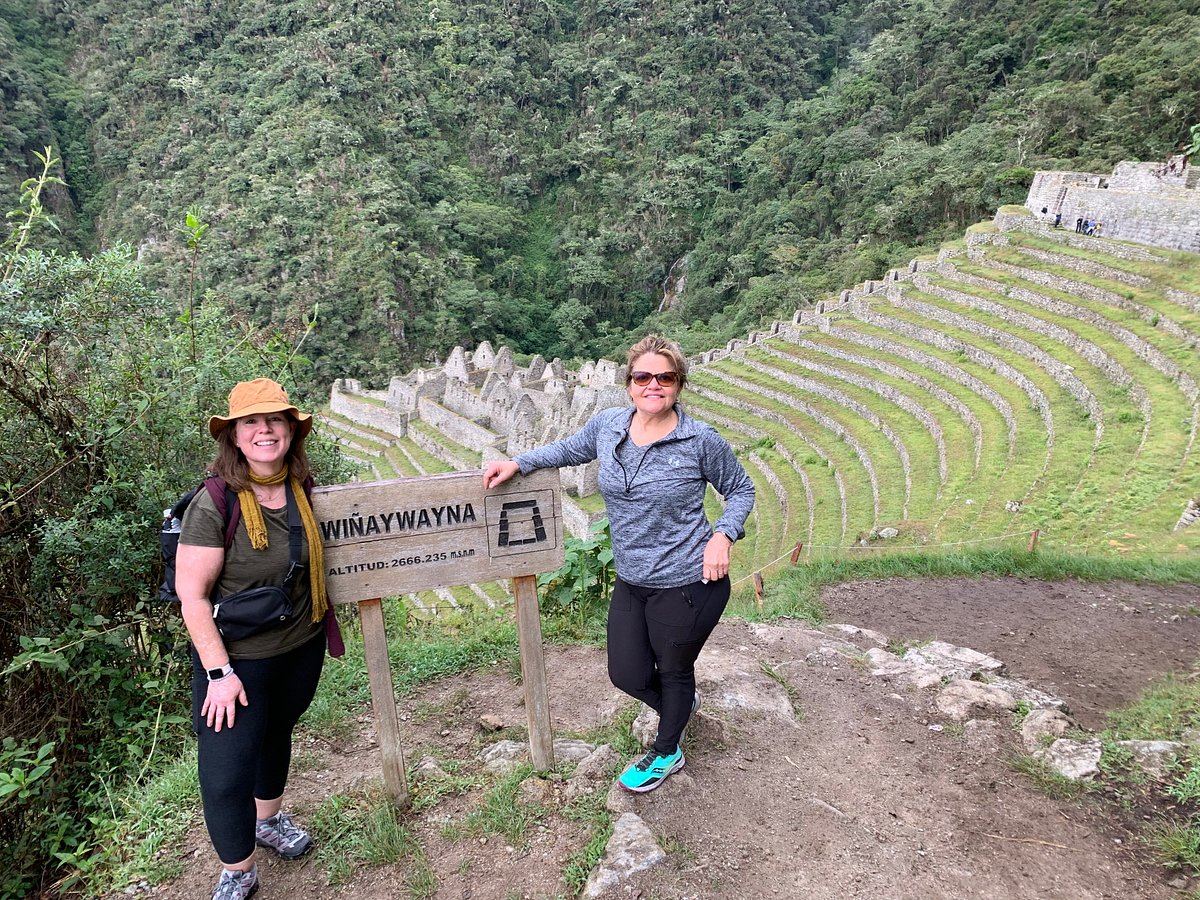
The only way to visit this archaeological center is by doing the classic 4 day Inca Trail or the short 2 day Inca Trail to Machu Picchu.
Classic Inca Trail of 4 days: (From km 82 to Machu Picchu). If you opt for the Classic Inca Trail, you get to explore the ruins on Day 3 of the 4-day trek. On day 3, you trek through the cloud forest on your way to the archeological site of Intipata (2 897m/ 9 505ft). After, exploring this site, we continue to the last campsite of the trek, also named Wiñay Wayna. On arrival, most agencies stop here for lunch and set up camp for the night. Later, you can then take a short stroll to the Archeological site of Wiñay Wayna with your guide. Normally, you have most of the afternoon to leisurely explore the site.
Inca Trail of 1 or 2 days: (From km 104 to Machu Picchu). The Short Inca trail path goes directly through the ruins. The trail follows a 3-hour gradual incline. Once you arrive at the waterfall, the ruins are right in front of you, on the slope. The archeological site is actually visible almost from the first moment you get off the train. From afar, it just looks like a big brown spot. As you get closer, its grandeur and beauty becomes more apparent. The steep staircase takes you on a slow exploration of the entire site.
The only way to visit this archaeological center is by doing the classic 4 day Inca Trail or the short 2 day Inca Trail to Machu Picchu.
Important fact: You can only partake on the 2 and 4 day Inca Trails with an authorized tour agency.
Click here for our blog on Top Rated Operators.
As you can see, the Wiñay Wayna ruins are some of the best Inca ruins to enjoy during your trek of the majestic Inca Trail. In addition, both the Classic and Short Inca Trail has other ruins to enjoy, all with their own unique qualities.

Comfortable lodging near the ruins of Ollantaytambo, in the Sacred Valley of the Incas
Learn More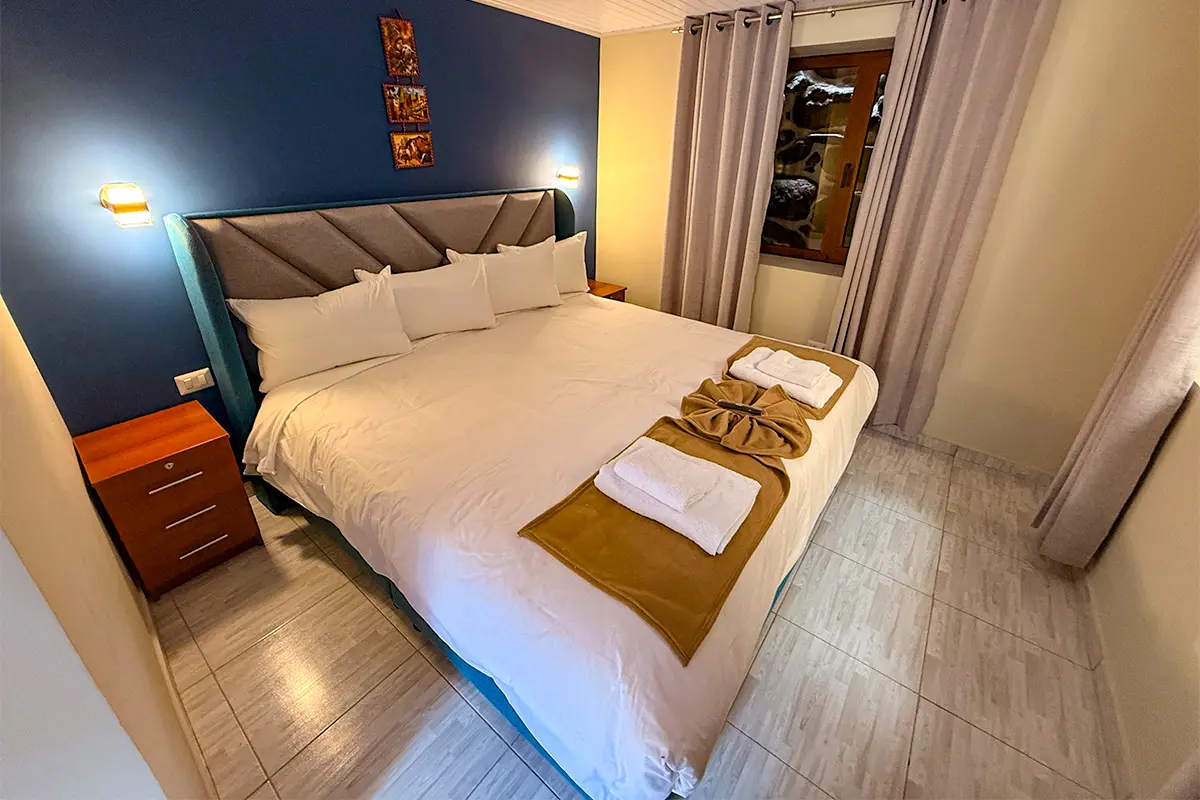
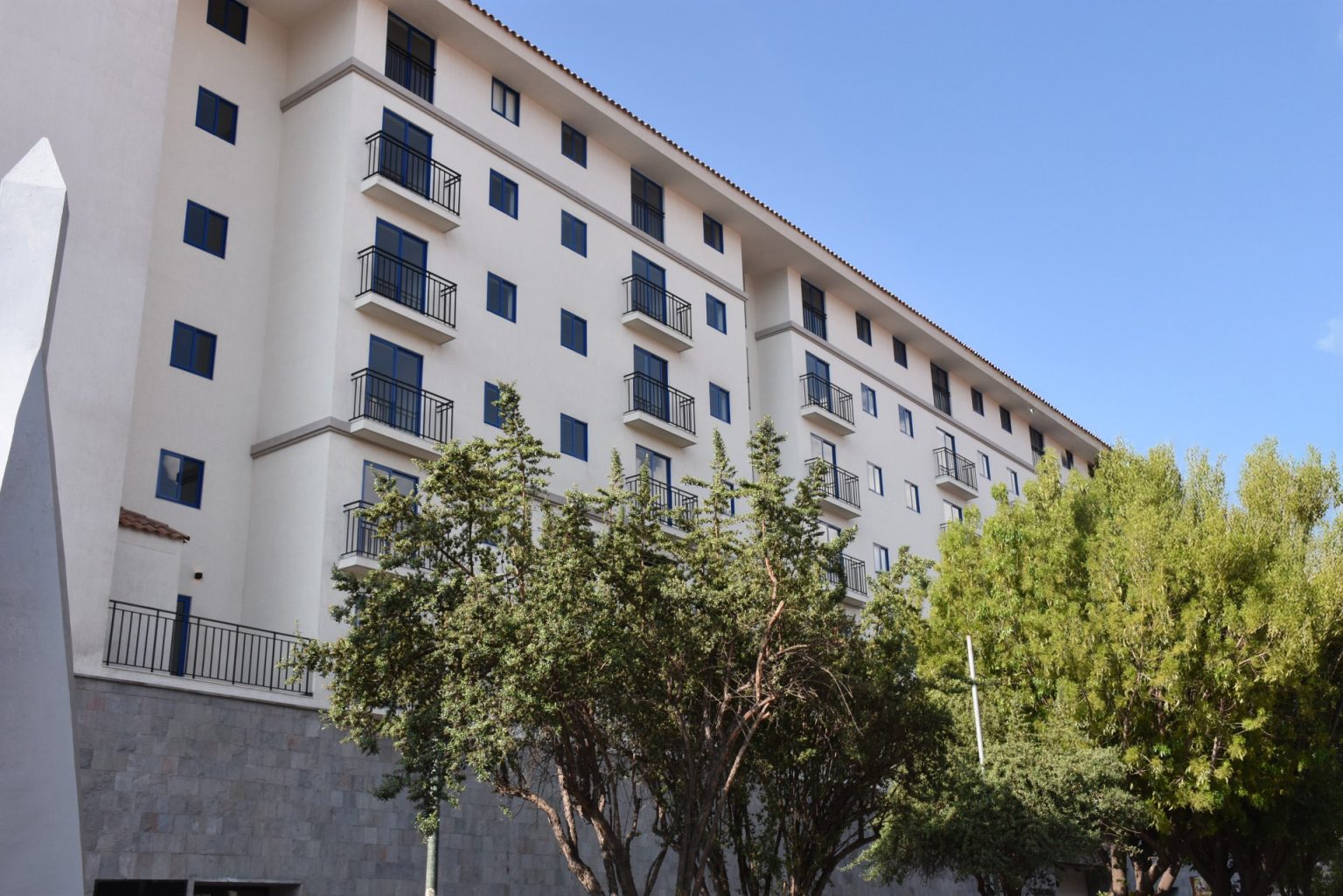
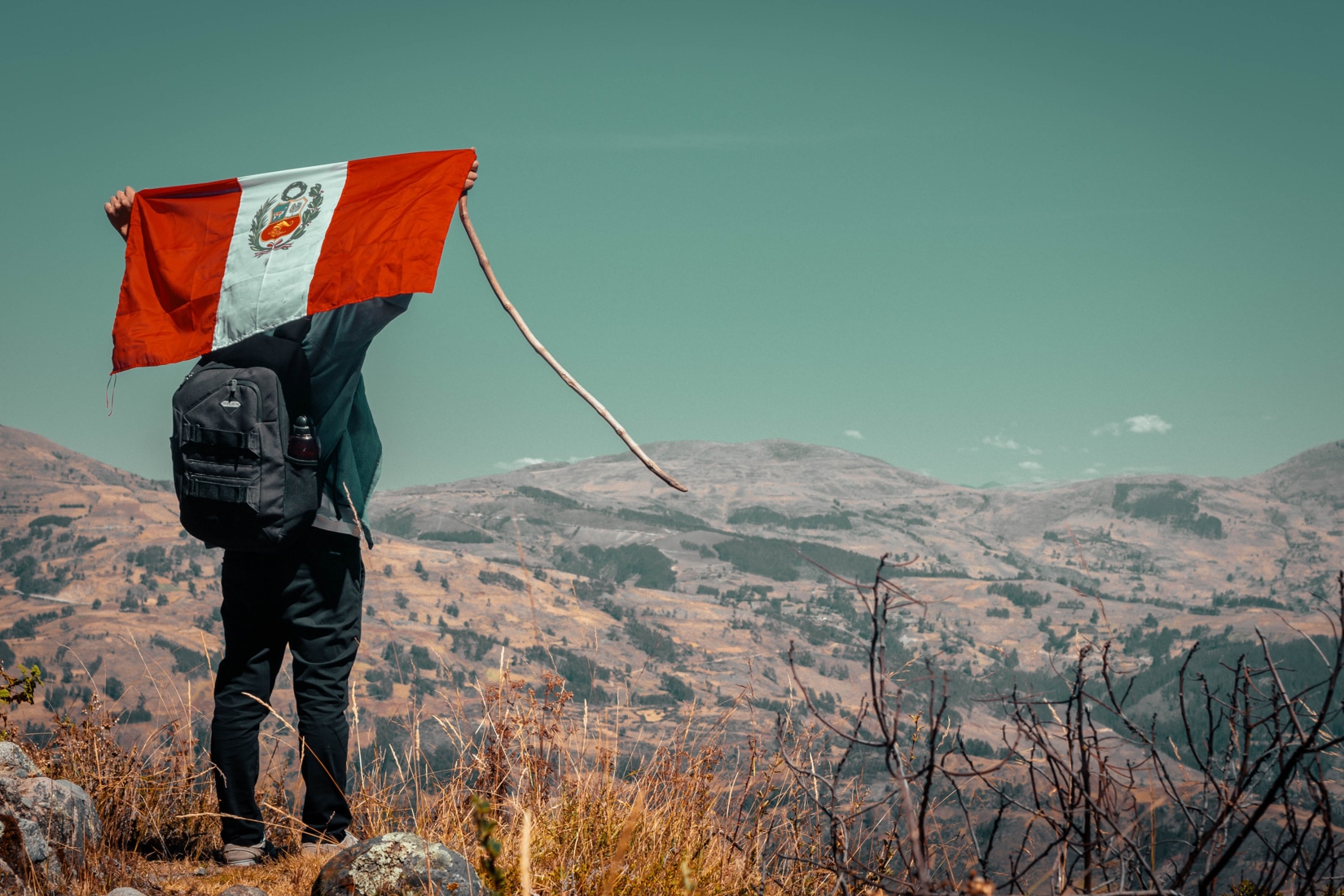
Travelling with children or teens in Peru is a different experience than travelling solo or as a couple; extra planning is required. This article will give you what you need to know to organize an unforgettable family trip to Peru. Peru is an excellent destination for children of all ages, all guaranteed to have a […]
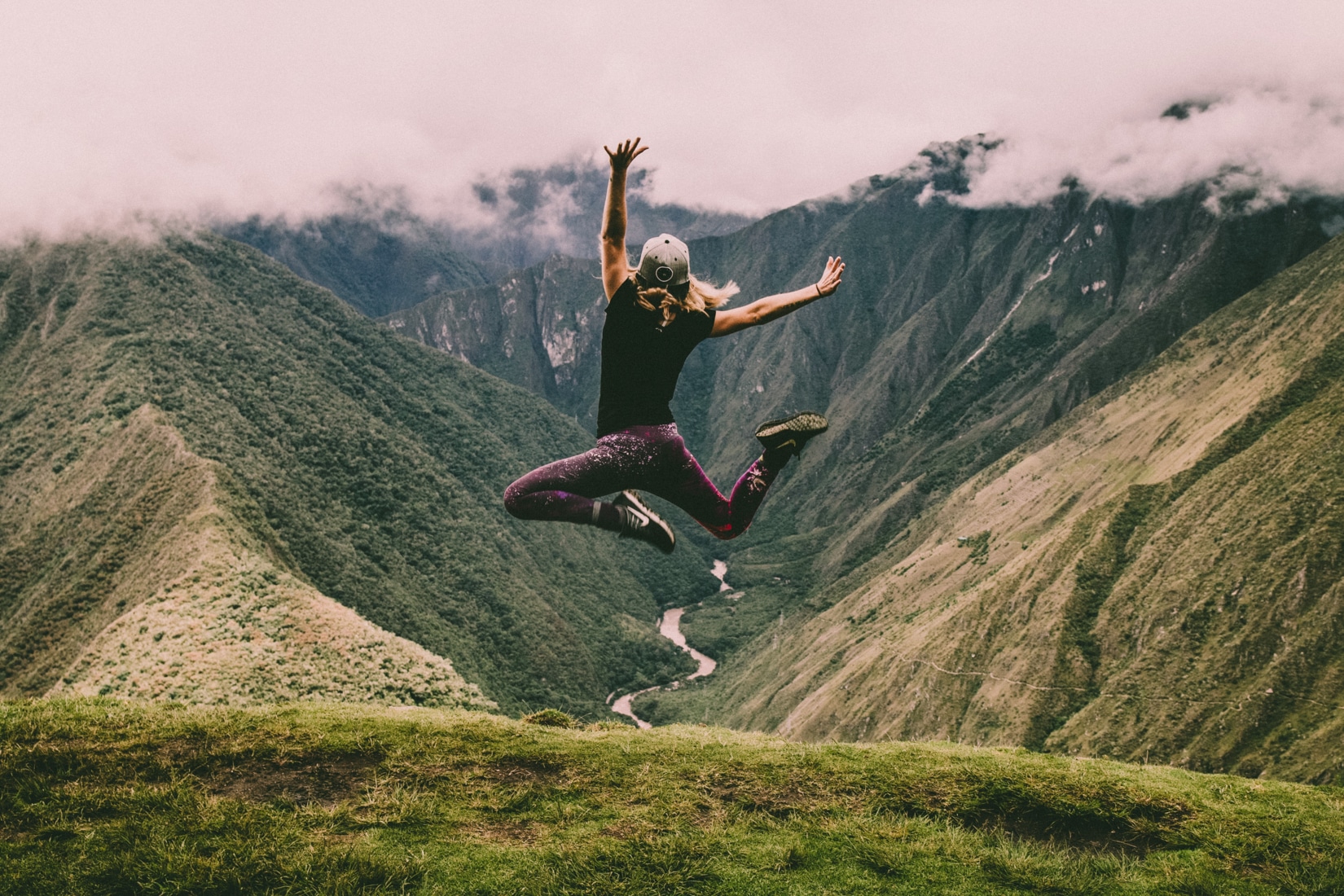
The Inca Jungle Trek to Machu Picchu is the perfect adventure trek for the thrill seekers among you. Start your adventure with downhill mountain biking, which leads to a lookout point with breath taking views of the Andean landscape. After, enjoy an exhilarating experience white water rafting down the Urubamba river. If that wasnt enough, […]
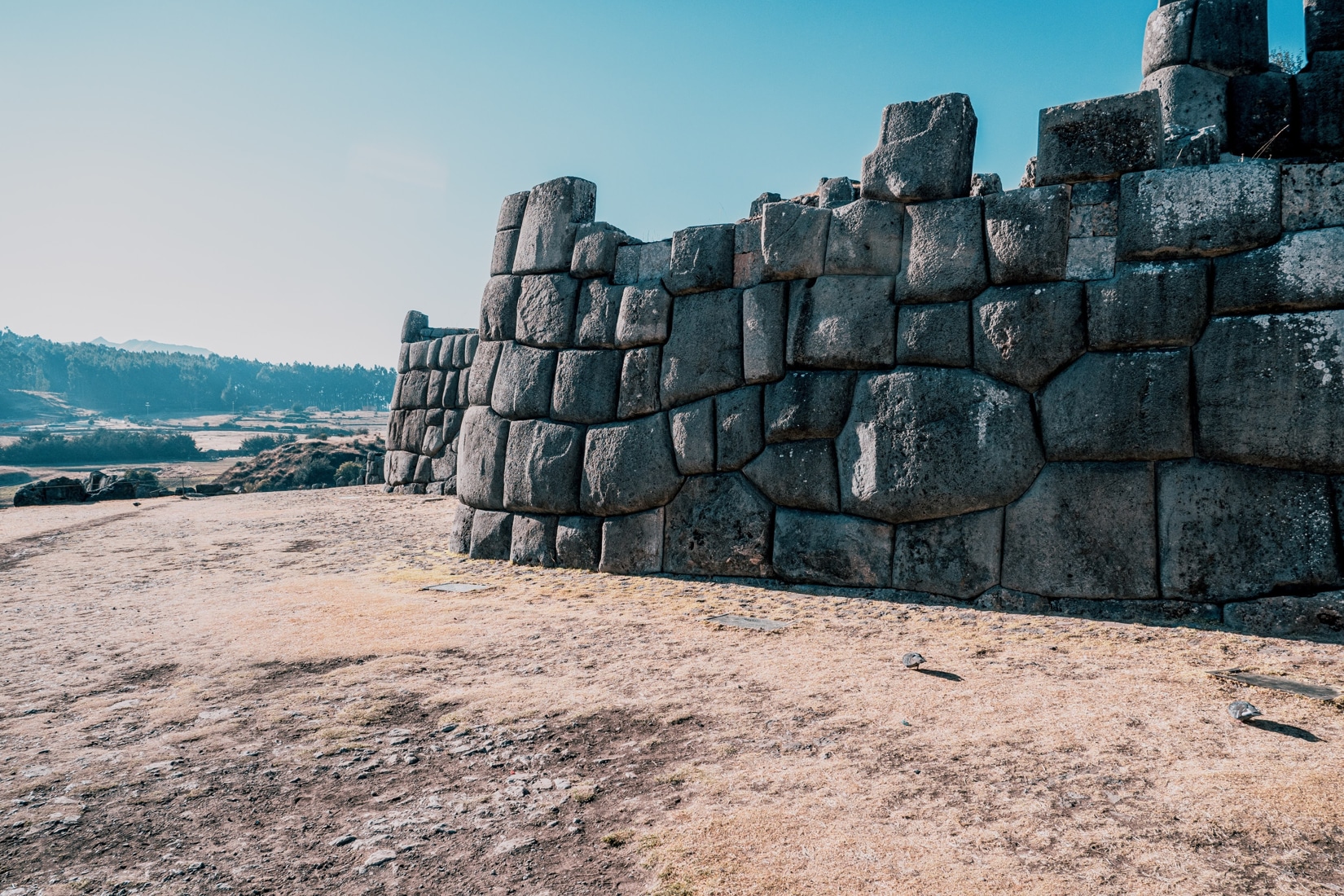
Sacsayhuamán is one of the most imposing and mysterious structures in the world. It contains 3 layers of zigzag walls made from megalithic stone. Just above Cusco you will find the enigmatic structure of Sacsayhuaman. Historians and archeologists believe that it was constructed around the 15th century during the reign of the most successful Inca […]
Discover why thousands of people around the world trust us to explore the best of Peru.
Couples
Trip to Rainbow mountain. First to the mountain thanks to Yair’s expert driving and special thanks to Cristian for being my guide. Highly recommend!
Written July 2, 2025
Family
We had an incredible experience hiking the Inca Trail with Ray as our guide. Ray was amazing. He was super knowledgeable about the history of the Incas, and he brought that history to life. We visited three larger sites, and several smaller ones that we arrived at by foot deep in the Peruvian jungle. Ray's was an incredible, passionate, and experienced guide, and also just a great person we are lucky to have met. I also have to mention Moses, our porter who made an amazing lunch and hiked it up to our resting spot 2000 ft above the Urambamba River to Wiñaywayna.
Written July 4, 2025
Family
Did the short inca trail through sam travel and it was an unforgettable experience. Hiking from the train to the Sun Gate with its beutiful views of macchu piccu was incredible. Our guide, Ray, was extremely knowledgeable, passionate, and always positive. At every location and along the way he had fascinating information to share and no question went unanswered.
Written July 4, 2025
Family
We had a great experience with our guide Cristian during our visit to the Sacred Valley and Machu Picchu. He shared clear and detailed explanations, with a fascinating historical narrative that helped us truly connect with the places we explored. I learned so much thanks to him. The atmosphere was also really positive and friendly throughout the tour. Highly recommended!
Written June 26, 2025